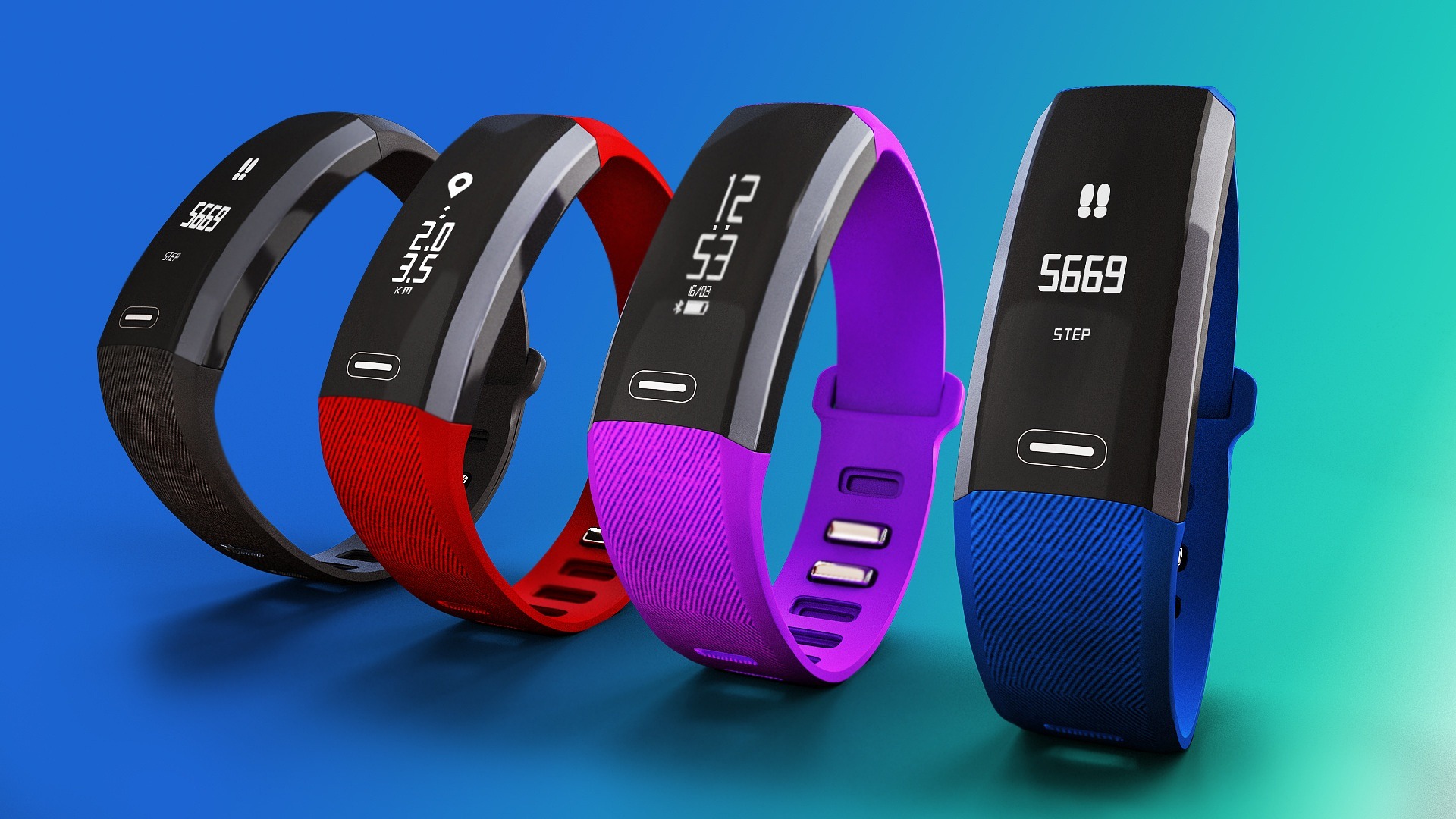Unveiling the Mystique of Smart Dust Technology
The world of technology never ceases to amaze us. The latest entrant in this domain is Smart Dust, a system of minuscule microelectromechanical systems (MEMS). These microscopic devices can be as small as dust particles, yet they have the potential to transform industries and our daily lives. This article will delve into the backstory of Smart Dust, current trends, and its potential impact on the market.

The Genesis of Smart Dust
In the late 1990s, researchers at the University of California, Berkeley, embarked on a project to create tiny wireless sensors. These sensors were designed to monitor everything from temperature to light, vibration, and even sound. The concept of Smart Dust was born from this project, which was funded by the Defense Advanced Research Projects Agency (DARPA), the research wing of the U.S. Department of Defense.
The initial idea was to utilize these tiny sensors for military applications. However, as the technology evolved, the potential for civilian use became apparent, paving the way for a technological revolution.
The Current State of Smart Dust
The technology behind Smart Dust has come a long way since its inception. These tiny sensors can now be powered by energy harvesting methods, ensuring they can operate almost indefinitely. They can communicate with each other and with a central system, providing real-time data about their surroundings.
In addition, advances in nanotechnology have allowed for the reduction in size of these devices, with some now being as small as a grain of sand. This has opened up a new realm of possibilities for their application, from monitoring environmental conditions to improving health care delivery.
The Market Impact of Smart Dust
The potential market impact of Smart Dust is significant. According to a report by Research and Markets, the Smart Dust market was valued at USD 1.3 billion in 2020 and is expected to reach USD 3.6 billion by 2026, growing at a CAGR of 17.5% during the forecast period.
This growth is being driven by the increasing adoption of IoT devices and the need for more efficient, real-time data collection methods. Industries such as agriculture, healthcare, and manufacturing are predicted to be the early adopters of Smart Dust technology, using it to monitor and optimize their operations.
The Future of Smart Dust
While Smart Dust holds significant promise, there are still hurdles to overcome. Concerns around privacy and security, given the pervasive nature of these sensors, are paramount. Further, the technology’s current high cost and limited battery life are obstacles to widespread adoption.
Nonetheless, the potential benefits of Smart Dust are immense. Imagine a world where farmers can monitor soil conditions in real-time, doctors can track patients’ health remotely, and environmentalists can study climate change with unprecedented precision. This is the world that Smart Dust could make a reality.
In conclusion, Smart Dust represents the next frontier in the world of technology. Its potential applications are vast and varied, promising to revolutionize industries and our daily lives. As we continue to push the boundaries of what’s possible, one thing is clear: the future is looking ‘dusty.’






